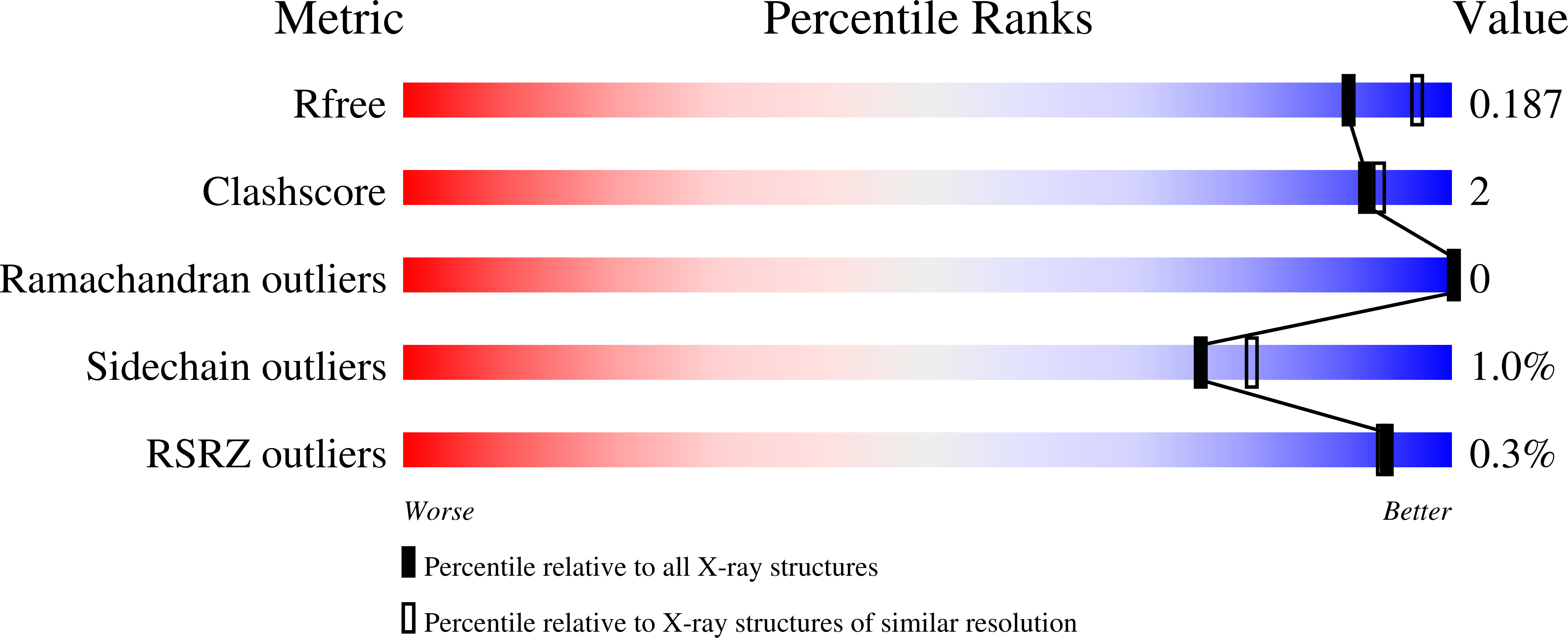
Deposition Date
1998-10-20
Release Date
1999-10-20
Last Version Date
2024-10-16
Method Details:
Experimental Method:
Resolution:
2.00 Å
R-Value Free:
0.19
R-Value Work:
0.15
R-Value Observed:
0.15
Space Group:
P 21 21 21


